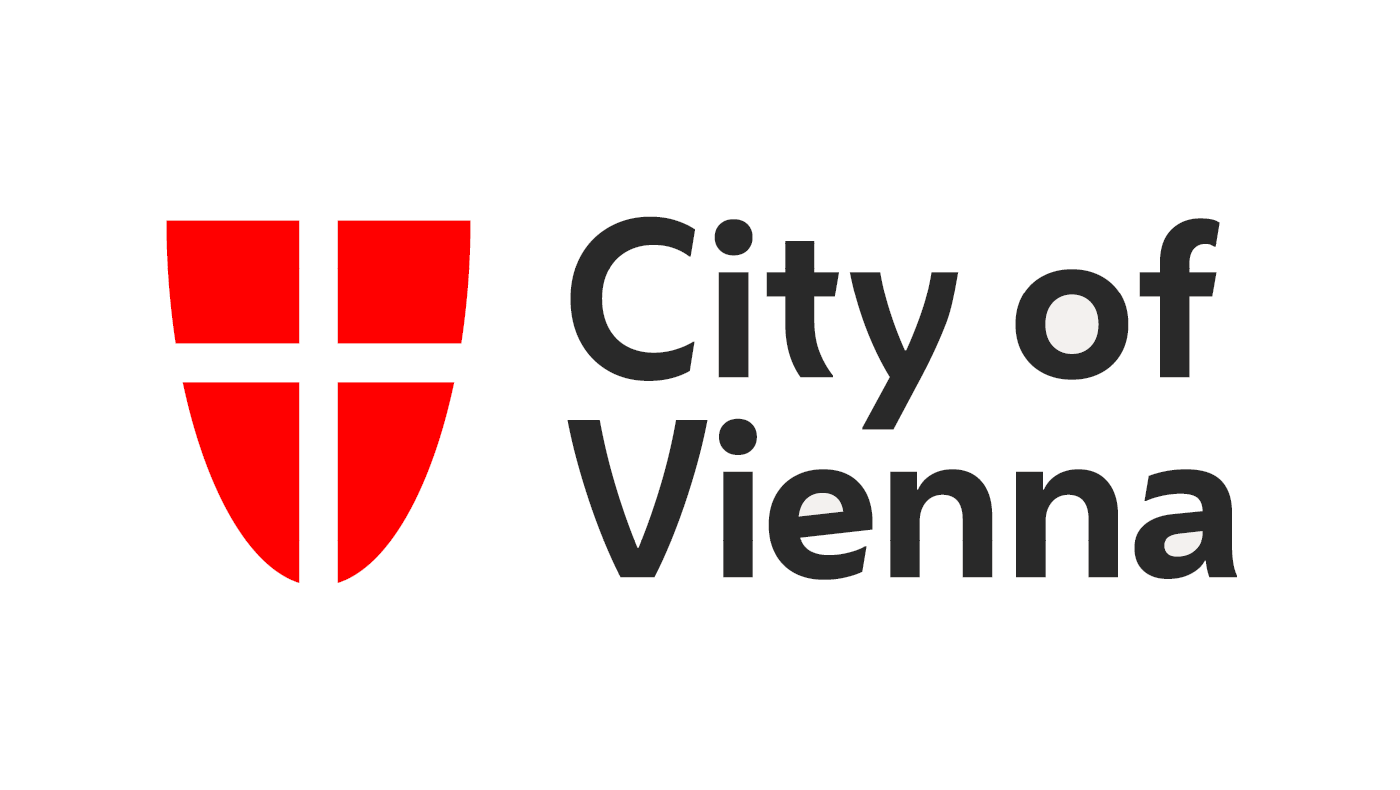Prainsack and Buyx (2011; 2014; 2017) argue that solidarity is the acceptance by a person or by a group to carry financial, practical and/or emotional costs to support others with whom they recognise similarity in a relevant aspect. This similarity can be a common goal, shared risk or an objective, as well as a subjective characteristic. Particularly, in health care solidarity comes in three tiers: It can be interpersonal, communal on the group level, or contractually embedded in institutions. As solidarity rises up the tiers, institutionalisation becomes more manifest and binding. Additionally, reciprocity becomes more normalised and incorporated into the fabric of a population.
Solidarity is distinct from distributive justice or health equity because it emphasises the relational position of individual persons within a group or society: “Solidarity is the experience of recognition of one-self as a Solidarity is different from justice insofar that “[…] solidarity does not attempt to offer an alternative for distributive justice. But solidarity must be regarded as an important corrective to arrangements of health care practices that are based on a just distribution of goods only” (ter Meulen 2016, p. 528). While most concepts of health equity are grounded in individualism, or individual differences, solidarity is closer to the spirit of communitarianism. Communitarianism is closely related to a perhaps utopian idea of social cohesion, which I call a ‘benevolent leviathan’. Solidarity can be inclusive, i.e. does not focus on “othering” but rather on the common across heterogenous populations (ter Meulen 2016). Sabbagh (2003) portrays social solidarity as a multidimensional phenomenon that is characterised by social relations. Industrialisation and modernisation have shifted society towards markets and therein towards functioning in low solidarity modes.
Justice and solidarity are distinctly different yet intertwined mechanisms: “egalitarian justice, solidarity, health and well-being go hand-in-hand (Hausman 2009, p. 235). Houtepen and ter Meulen (2002) suggest that solidarity requires interpretation of others’ needs and that solidarity cannot exist without some notions of justice. Gould (2018, p. 545) argues: “Given the individuals’ fundamental equality as agents, with both individual dignity and shared needs, the norm of justice as requiring action to realize equality not only qualifies any potential group solidarity, as it does on the Prainsack and Buyx account, but is properly a core aspect of solidarity itself as a normative practice”. O’Neill (2021) proposes that there is ‘exclusive’ and ‘inclusive’ solidarity in health care, where the former pertains to so-called ‘othering’, the process of blame-shifting and discrimination. Inclusive solidarity then has its foundations on the recognition of universal human rights and of embracing others’ suffering and needs.
Elster (2009) highlights the importance of entitlement in fairness norms as a form of social norm: When a fairness norm is established people converge towards what they have been made entitled to. However, in health care what is relevant to solidarity is the entitlement of each and everyone. As the World Health Organisation (WHO) puts it: “Entitlements include the right to a system of health protection that gives everyone an equal opportunity to enjoy the highest attainable level of health”.
“We use the generic term normative beliefs to subsume individually held, but socially shared, values, perceptions, and expectations that provide normative support for welfare attitudes, understood as policy preferences […]” (Staerklé et al. 2012, p. 81). Norms of distribution dictate what is seen as fair allocation of resources in a group or society (Elster 1989).
One can distinguish between the basic solidarity norms of cooperation, sharing and helping. Cooperation arises in tasks that require joint efforts. Sharing denotes the fair distribution of outcomes of a cooperative task. Sharing leads to division of labour and decreases inequality by reducing variation of individual need satisfaction. Helping means that group members, who are not or less in need, help those members that are in need. Helping increases the group’s capability to produce a collective good (Lindenberg 2014). Thus, there are different intensities of solidarity, which can be seen as being social distributive norms.
The COVID-19 pandemic has highlighted the relational character of solidarity because priority setting exacerbates the importance of equity and of utility. Additionally, reciprocity became foregrounded as counter-virus measures included the protection of self and of others (Jeffrey 2020). Solidarity amidst the pandemic also included collective trust in data-driven (public) health policies (Horn & Kerasidou 2020). Nevertheless, different belief systems, values and ethics have led to differential interpretations of justice and consequentially also to taking contrasting practices of solidarity (Häyry 2022).

